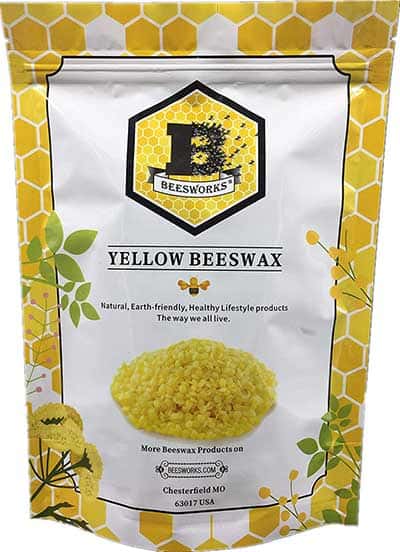How To Waterproof Fabric For Outdoor Use
Do you know you can waterproof virtually any fabric? The amazing trick is that the main ingredient is easy to find and more common than you may think.
We’ll show you how to waterproof fabric using two different techniques. One is for the dedicated DIY enthusiast, the other is as effective but more streamlined.
Do-It-Yourself (DIY) Process
The following method uses wax. Wax was the best at repelling water over a century ago and still is today. In fact, high-end clothing makers still sell waxed outerwear, but they’re pricey.
So, if you’re a true DIY enthusiast, you’re bound to love this technique!
Tools and materials required
- Saucepan
- Metal bowl
- Four ounces of paraffin wax
- Four ounces of beeswax pellets
- Spoon for stirring
- One inch wide disposable paint brush
- Hair dryer (heat gun optional)
- Pillowcase if needed
- Your freezer
Preparation
Use your bowls to create a double boiler. Boil a full saucepan of water and place a smaller metal bowl inside the saucepan so it doesn’t touch the water. This creates a gap between the bottom of the smaller bowl and the water in the saucepan. The gap traps the heat required to melt the wax in the smaller bowl.
Steps to Waterproof Fabric Using the Wax Method
- Place the beeswax pellets in the smaller metal bowl.
- Place the item you will waterproof in your clothes dryer to warm it while you’re preparing step three.
- Cut the bar of paraffin wax into small pieces and add them to the beeswax pellets and stir until they’re melted.
- When the wax melts, take a stiff-bristled brush and apply the wax in small areas until it covers the fabric.
- Turn your hair dryer on high and aim it at the wax until it melts into the fabric. Melting the wax into the fabric is very important. When you’re finished, allow the fabric to cool.
- If you’re waxing a small item such as shoes or upholstery, place the fabric into a pillowcase and heat in your dryer on high for 15 minutes to help melt the wax.
- After it’s cool, check the fabric for uneven spots. Apply a second coat of wax and reheat.
- Allow the fabric to cure at least 24 hours. If it has an odor, place it in your freezer for eight hours.
- When you remove it, it’s waterproof and ready to use!
The Spray Method to Waterproof Fabric
The next steps teach you how to waterproof fabric using a spray that’s faster, and the results are similar. For the spray method, we use a product called Thompson’s Water Seal Fabric Seal. Other choices are available, but this solution is our favorite.

This technique requires old pieces of cardboard to lay the fabric on and to prevent overspray onto other things. Always use large pieces of cardboard so you’ll have plenty of open space to spray the item.
How to Waterproof Fabric Using the Spray Method
- NOTE: Use the spray outdoors if possible because of the smelly fumes.
- Always test spray the fabric in a hidden spot to see if it darkens or damages the fabric. Suedes and silks might react to the spray.
- Lay out the fabric on a table protected from overspray. Spray the fabric, but not too heavy to prevent runs.
- Allow the item to dry at least 24 hours before use.
Conclusion
We hope you enjoyed learning How To Waterproof Fabric For Outdoor Use! It’s fun and easy, and the results are amazing and helpful because it solves a problem we all face often.
Remember, you can waterproof shoes, boots, and any fabric that needs protection.


